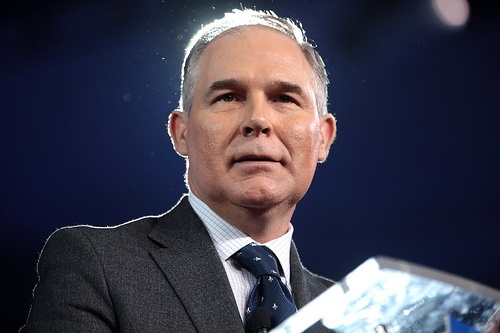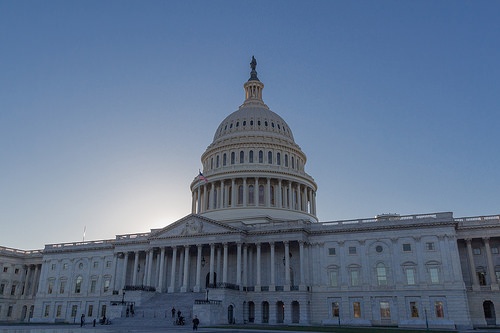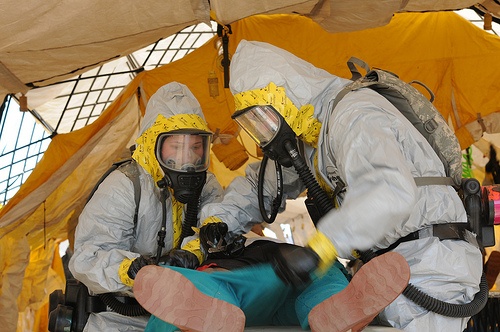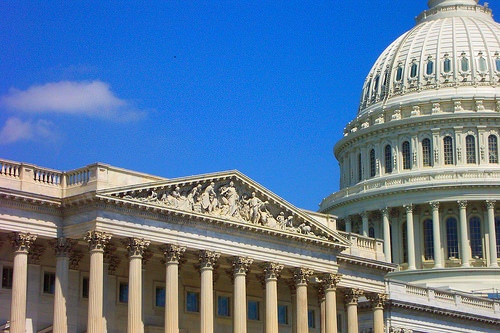Earlier this year, the US Department of Justice (DOJ) Fraud Section issued additional enforcement guidelines to US Attorneys, entitled “Evaluation of Corporate Compliance Programs.” DOJ’s US Attorneys perform these evaluations to weigh whether and how severely an organization might be charged for illegal conduct by directors, officers, or other employees. But individuals may be committing crimes to further the organization’s goals (remember Volkswagen’s recent use of fraudulent means to defeat emission requirements), or for their own purposes despite organizational efforts. For readers in organizations that aren’t encouraging criminal behavior, these guidelines provide important guidance to the design (and implementation) of effective compliance programs.
Read MoreAudit, Compliance and Risk Blog
Latest Department of Justice Guidance for Evaluating Corporate Compliance Programs in Criminal Investigations
Posted by Jon Elliott on Tue, May 23, 2017
Tags: Corporate Governance, Business & Legal, Accounting & Tax, Audit Standards, Environmental risks, Environmental, corporate social responsibility, directors, directors & officers
How long can a new President’s policy changes take? I’ve been writing about President Trump’s attempts to roll back environmental requirements, and cautioning that some changes can be fast (like immediate repeal of his predecessor’s executive orders regarding climate change) while others will require multi-year rulemakings to revise finalized regulations (like EPA’s review of the greenhouse gas emission limits under the Clean Air Act, both extremes appear in a recent Executive Order I discussed here). On April 11 the federal Court of Appeals for the D.C. Circuit issued a reminder that regulatory changes can take a long time. The Court revoked several environmental reporting exemptions adopted by EPA in the last month of George W. Bush’s administration (December 2008, effective on the day of President Obama’s inauguration January 20, 2009) – culminating a year-long rulemaking and setting of 8 years of administrative and judicial appeals. So this regulation-reducing effort took 9 years to fail.
Read MoreTags: Environmental risks, Environmental, EHS, climate change
EPA Administrator Scott Pruitt has been on a tour to publicize his efforts to get EPA “back-to-basics.” He launched the tour with a visit to a Pennsylvania coal mine in April. The agency issued a press release about that visit, which also summarized its “Back-to-Basics Agenda.” The press release summarizes the Agenda as “Protecting the environment; engaging with state, local and tribal partners; and creating sensible regulations that enhance economic growth.” The Agenda provides a convenient rhetorical framework for the new Administrator’s efforts to re-boot EPA’s activities.
Read MoreTags: Environmental risks, Environmental, EPA, Greenhouse Gas, ghg, Hazcom, Oil & Gas, climate change, tsca, clean water
Reopening Review of Automobile GHG Emission Standards For 2022-2025
Posted by Jon Elliott on Tue, Apr 25, 2017
The biggest difference between Presidents Obama’s and Trump’s environmental policies relate to regulation of greenhouse gases (GHGs) that most scientists and policy-makers believe contribute to climate change – a proposition which President Trump and his appointees do not embrace. On March 15, the Environmental Protection Agency (EPA) announced its reconsideration of GHG emission standards from “light duty” vehicles such as automobiles and small trucks, for model years 2022-2025. These standards were set in 2012 by EPA, in cooperation with the (US federal) National Highway Traffic Safety Administration (NHTSA) and the California Air Resources Board (ARB). Three days before President Obama left office, on January 17, EPA reaffirmed the 2022-2025 standards, determining them to be technically and economically feasible for auto makers to meet and cost-effective for customers.
Tags: California Legislation, Environmental risks, Environmental, EPA, ghg
On March 16, President Trump released his initial budget proposal for the 2018 federal Fiscal Year. Among its many provisions is a proposal to zero out budgeting for the Chemical Safety and Hazard Investigation Board (more often referred to as the Chemical Safety Board or CSB).
Read MoreTags: Environmental risks, Environmental, EPA, Hazcom
President Trump Orders Review of “Waters of the United States”
Posted by Jon Elliott on Tue, Apr 11, 2017
On February 28, President Trump issued Executive Order (EO) Number 13778, ordering the Environmental Protection Agency (EPA) and the Army Corps of Engineers (Corps) to review their current regulatory definitions of “waters of the United States” – sometimes called “navigable waters.” (I blogged about this definition here). The EO strongly points toward a narrower definition that would reduce the agencies’ jurisdiction, reversing rules issued in 2015 during President Obama’s administration.
Read MoreTags: Environmental risks, Environmental, EPA, Hazcom, effluent, clean water
Trump Executive Order Rolls Back Obama’s Climate Initiatives
Posted by Jon Elliott on Tue, Apr 04, 2017
Candidate Trump promised to reverse President Obama’s climate initiatives, which he variously described as based on uncertain science and/or as a “war on coal.” Since taking office, President Trump has moved expeditiously to make good on those promises. On March 28 he issued an executive order (EO) “Promoting Energy Independence and Economic Growth,” packaging a large set of repeals and re-directions to move US federal policies firmly away from climate change and toward domestic fossil fuels.
Read MoreTags: Environmental risks, Environmental, EPA, climate change
Efforts to prevent and respond to chemical disasters are undergoing their first thorough review since many were created decades ago after December 1984’s catastrophe in Bhopal, India. President Obama triggered these reviews in August 2013, when he issued an Executive Order directing federal regulatory agencies to review specified regulatory programs that are designed to prevent such disasters: Occupational Safety and Health Administration’s (OSHA) Chemical Process Safety Management Standard (PSM); Environmental Protection Agency’s (EPA) Accidental Release Prevention (ARP) program and Emergency Planning and Right-to-Know Act (EPCRA) program; and Department of Homeland Security’s (DHS) Chemical Facility Anti-Terrorism Standards (CFATS) program (I blogged about the EO here). EPA proposed ARP revisions in March 2016 (I blogged about them here), and adopted final revisions on January 13, 2017.
Read MoreTags: Environmental risks, Environmental, EPA, Hazcom
Tags: Business & Legal, Environmental risks, Environmental, EPA
Effective February 16, 2017, the Environmental Protection Agency (EPA) has issued a revised “National Pollutant Discharge Elimination System [NPDES] General Permit for Discharges from Construction Activities” (CGP).” This new 2017 CGP replaces EPA’s 2012 CGP, updating requirements for entities with construction sites that disturb more than 1 acre of land – readers should keep in mind that this covers individual projects, so that even if your organization isn’t a construction company or developer, a big expansion at your facility may be covered.
Read MoreTags: Health & Safety, Environmental risks, Environmental, EPA, Stormwater










